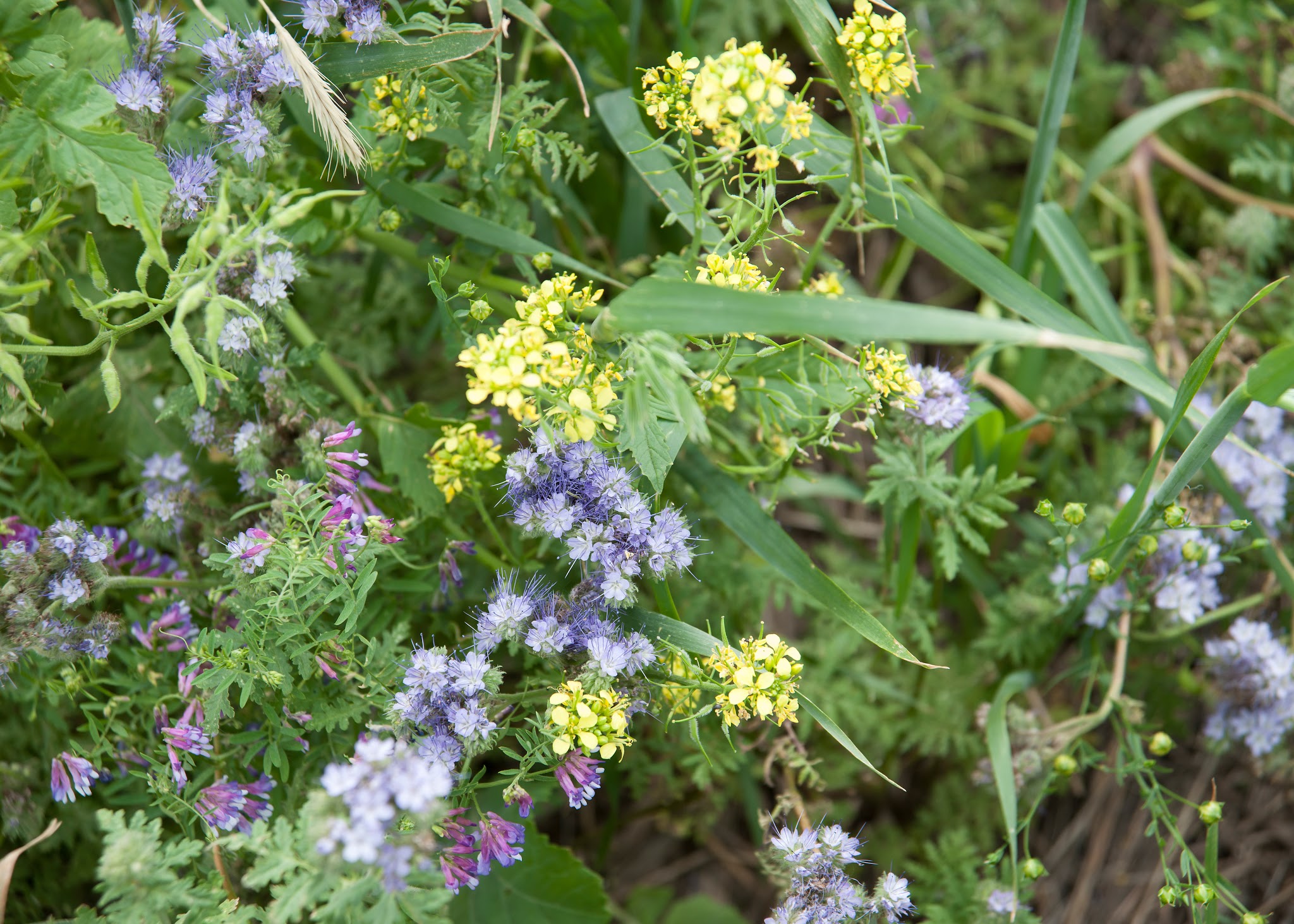
Living in the Great Plains region of the United States, the soil beneath my feet developed due to a wide variety of plant species. In particular, the Tallgrass Prairie once covered 170 million acres of North America containing upwards of 500 unique plant species. Still, within a generation, most had been transformed into farmland consisting of only a handful of plant species. Today less than 4% of the Tallgrass Prairie remains intact, mainly in the Kansas Flint Hills where I live. Loss of biodiversity and degradation of ecosystem services can result from degenerative farming practices, of which many are still utilized today.
But there is hope! As defined as a “variety of life,” biodiversity in an agricultural sense is the variety and variability of animals, plants, and microorganisms, at the genetic, species, and ecosystem levels, which are necessary to sustain critical functions of the agroecosystem, its structure, and processes. Maximizing or increasing biodiversity is core to any operation seeking to improve soil health, become more resilient to a changing climate, and reduce inputs for profitability. Regenerative agriculture seeks to mimic nature’s method and apply it to farming systems by increasing biodiversity to build a healthy ecosystem with higher productivity.
Think of the soil food web: Plants harvest sunlight and atmospheric carbon to make sugary carbon liquids exuded from the plants’ roots and feed a marvelously complex soil microbial community. When a diversity of plant species is present above ground, the soil microbial community flourishes and diversifies below ground. This process is what happens in nature and helped form the Tallgrass Prairie over thousands of years. Follow the Principles.
Following all of the principles of Regenerative Agriculture will be vital to maximizing biodiversity, including minimizing soil disturbance, maximizing plant biodiversity, keeping the soil covered, maintaining a living root, and integrating livestock. Many practices can help producers increase plant biodiversity: follow all the principles of regenerative agriculture, plant cover crops, select flowering plant species to attract beneficial insects, consider agroforestry (silvopasture, alley cropping, riparian forest buffers, windbreaks), and many more.
It takes all kinds of kinds. Understanding the importance of biodiversity within an agroecological sense has helped me appreciate the human side of the regenerative agriculture movement. For humans, as a species, to overcome the loss of biodiversity within farming systems, we will need to lean on the experiences and wisdom of many. This is why I am passionate about supporting initiatives that bring more women leaders into the soil health movement. Just like the soil food web, we need all kinds of kinds contributing to the advancement of the health of all people. Through my work with Great Plains Regeneration, we support and facilitate scholarships for women and historically underserved farmers and ranchers, including small-acre farmers, socially disadvantaged farmers, and veteran farmers. Through this lens of biodiversity, it gives me the greatest hope for the future of our planet.
Written by:
Jessica Gnad (Manhatten, Kansas)
Founder of Great Plain Regeneration
This article first appeared in the 8th Edition of Green Cover's Soil Health Resource Guide.
Also check out the 10th edition, our latest Soil Health Resource Guide, over 90 pages packed with scientific articles and fascinating stories from soil health experts, researchers, farmers, innovators, and more! All as our complimentary gift to you, a fellow soil health enthusiast!
Get the Free Guide
This article first appeared in the 8th Edition of Green Cover's Soil Health Resource Guide.
Also check out the 10th edition, our latest Soil Health Resource Guide, over 90 pages packed with scientific articles and fascinating stories from soil health experts, researchers, farmers, innovators, and more! All as our complimentary gift to you, a fellow soil health enthusiast!